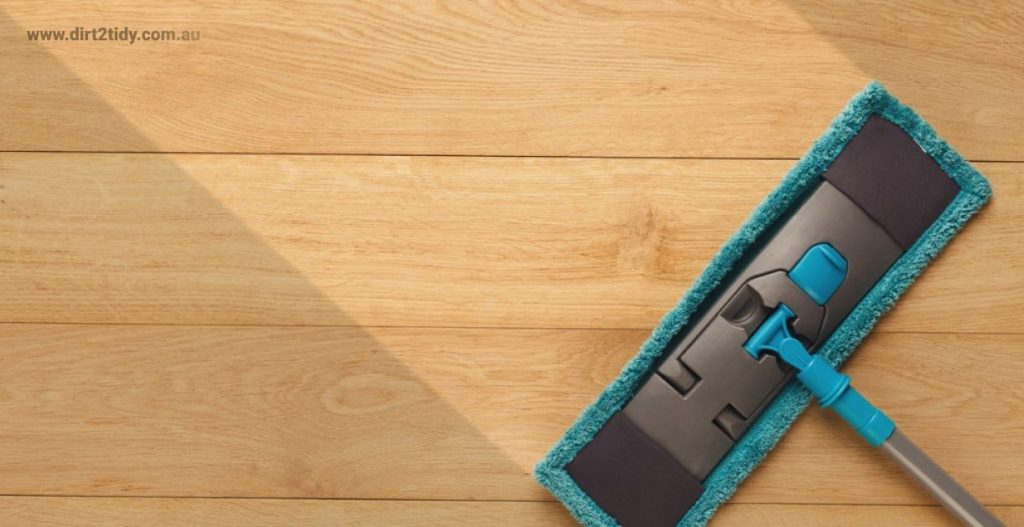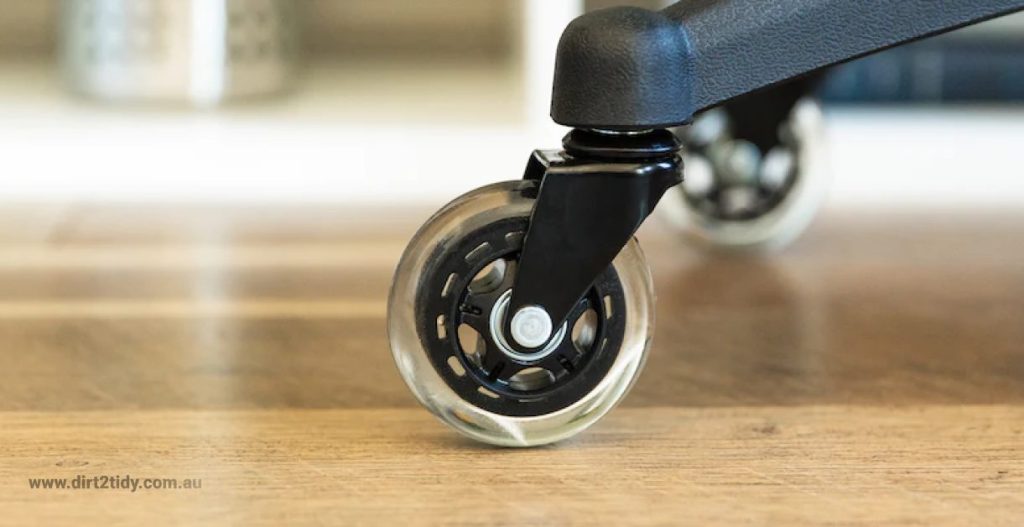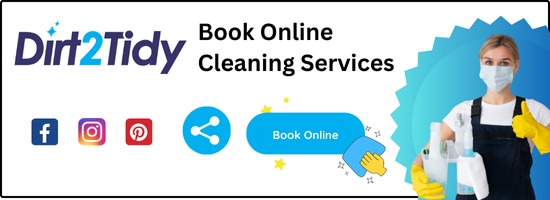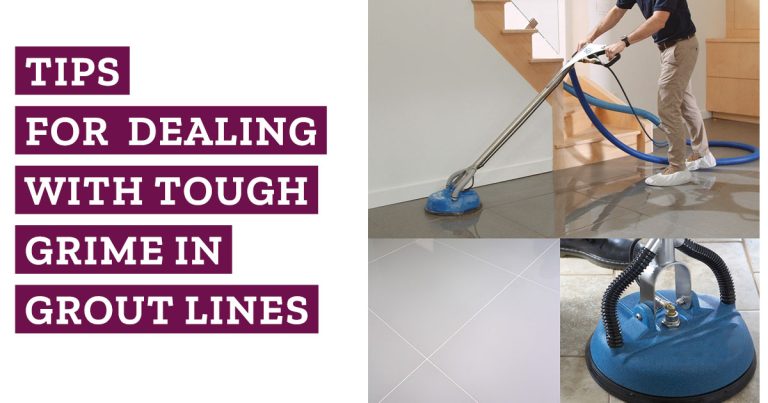
People pick Quick-Step deep clean laminate floors because they’re so easy to maintain.
Quick-step flooring isn’t immune to dirt, dust, wetness, and stains in high-traffic homes and businesses.
Quick-step deep clean for floor maintenance steps
We’ll provide some floor care tips. These methods guarantee clean, well-maintained flooring.
Are Terrazzo Cleaning Methods Safe for Laminate Floors?
Not all cleaning techniques are made equal—and that definitely applies when comparing terrazzo and laminate flooring. While terrazzo can often handle a more robust scrub and stronger cleaners, laminate floors (like Quick-Step) call for a gentle touch. Using the same heavy-duty approach on laminate can lead to warping, fading, or even gaps between boards—none of which are a good look.
Stick to the guidance for laminate care: skip abrasive pads, harsh chemicals, and buckets of water. Always check the manufacturer’s instructions and use cleaning products designed specifically for laminate. This will help keep your floors looking their best—no terrazzo tutorials required.
How Often Should You Clean Laminate Floors?
To keep your Quick-Step laminate looking its best, aim to give it a gentle sweep or vacuum every few days—especially in high-traffic spots like hallways and kitchens. A more thorough mop with the recommended Quick-Step cleaner can be done weekly or as needed when the surface starts to lose its shine. If dust and dirt start to collect, don’t wait—regular attention is the key to extending your floor’s life and good looks.
First, vacuum your floor completely, avoiding edges and corners. A parquet broom won’t scratch the floor. As much dust as possible should be mopped.
Take two water buckets. The first bucket should only contain clean water. It’s used to rinse and wash the mop. Quick-step cleaning and watering One quick-step clean cap per 5 litres of water. Some add extra cleaning stuff, but we don’t recommend it. If you use too much cleaning product, the quick-step flooring’ colours and patterns may be harmed. That’s terrible.
Start mopping forwards and backwards in step three. Rinse the microfiber mop with clean water to ensure it’s clean. No rule says how often to repeat this process. Clean and shining floors are obvious. Mop in the direction of boards and planks to avoid drying streaks.
[lead-form form-id=1 title=Fill to Get Free Cleaning Checklist]

Why Regular Cleaning Matters for Laminate Flooring
Keeping your laminate flooring in tip-top shape isn’t just about appearances—it’s about making sure your floors stand the test of time. Everyday dust, dirt, and tiny bits of grit can sneak into even the tidiest homes and act like sandpaper, gradually wearing down that lovely finish. A regular routine of sweeping or vacuuming with a soft-bristle brush or a hard floor attachment helps head off scratches before they happen. (Just steer clear of those vacuums with beater bars—those are better left to shag carpets!)
Quick attention to spills is just as important. Although laminate floors laugh in the face of the odd splash, they aren’t fans of standing water. Wiping up messes as soon as they appear keeps the boards from warping or swelling, and avoids the headache of stains settling in. For spot cleaning, a dry or barely-damp microfiber mop is your best friend—leave the steam cleaners and soggy mops for another day.
Last but not least, a little planning goes a long way. Doormats at entrances and felt pads under your furniture mean fewer surprises for your floor, by cutting down on tracked-in grit and those unexpected scrapes. All these habits combine to keep your laminate floors looking sharp and serving you well for years to come.
What Makes Quick-Step Laminate Flooring Unique?
Quick-Step laminate flooring is a favorite for a reason—it skillfully captures the timeless appeal of real wood, yet offers practical advantages for bustling homes and businesses. Unlike traditional hardwood, which can be finicky in the face of spills or high foot traffic, Quick-Step laminate is constructed from tough, stain-resistant materials that hold up beautifully against everyday mishaps.
One of the main differences is its resilience; the flooring resists scratches, dents, and fading, so it stays looking fresh with just a little regular attention. You won’t need special treatments or harsh chemicals—just simple daily care. And thanks to its smart design, you get the visual warmth of wood without the worry over moisture or damage that often comes with classic timber floors.
So, if you’re after a floor that combines style with stress-free maintenance, Quick-Step laminate is a hard one to beat.
Quick-Step Laminate Floor Cleaning and Maintenance Mistakes
Quick-step laminate flooring shouldn’t be buffered or polished. Do not mop with soap, water, dish detergent, or other DIY cleaners. These products may bend, disjoin, or discolour laminate floors. Use quick-step cleaners.
Vinegar: Friend or Foe for Laminate Floors?
Vinegar is a popular household cleaning solution, but is it suitable for laminate flooring? While some swear by a diluted vinegar and water mix for tackling dirt and grime, we recommend caution. The acidity in vinegar can gradually wear down the floor’s protective coating, especially if used too often or in strong concentrations.
If you do opt for this method, always mix vinegar with plenty of water—think of a few drops in a bucket, rather than a strong cocktail. Mist the mixture lightly onto the floor using a spray bottle, avoiding puddles or soaking, and wipe with a well-wrung microfiber mop.
Above all, keep moisture to a minimum, as excess liquid can cause laminate planks to swell or warp. When in doubt, stick to approved laminate floor cleaners for consistent results and long-lasting shine.
Harden chewing gum and sticky residue with ice, then scrape it off. Credit cards or key cards are commonly used. Avoid scratching the floor. Damp-wipe.
Removing Tough Stains from Laminate Flooring
Stubborn spots like paint or grease can be tricky, but there’s a simple trick. Dampen a cotton ball or soft cloth with rubbing alcohol or acetone (think household nail polish remover, like Cutex), and gently work the spot until it lifts. Once the stain is gone, use a clean cloth moistened with warm water to remove any leftover residue.
Never use anything scratchy—steel wool and abrasive pads are a no-go. Skip harsh chemicals as well, since they can ruin your floor’s top layer. Stick with gentle solutions and tools for best results.
How Foot Traffic and Pets Impact Cleaning Frequency
How often you need to deep-clean your Quick-Step laminate flooring is largely down to how busy your home is. If you have a quiet house with minimal comings and goings, a deep clean every 3-6 months usually works well.
On the other hand, if there’s high foot traffic—or if pets are darting around, leaving behind fur or the occasional muddy pawprint—it’s worth upping your cleaning game. You may find you need to deep-clean more regularly to keep everything in top shape.
A few pointers:
- Regular sweeping and dusting will catch stray hairs and grit, especially in busier rooms.
- Spot cleaning when something’s spilled (or tracked in) will save you headaches down the road.
- Stick with gentle cleaners and proper techniques to avoid any unnecessary wear or damage.
In short: more people and pets, more cleaning. Light traffic? A little less work for you. But in either case, consistent care keeps laminate floors looking their best.
Frequent mopping is smart. Commercial and high-traffic residential situations. Dusting floors is vital. Do not use steam cleaners; they appear to be an ideal fit for laminate flooring. They can harm laminate flooring.
Do not leave food, juice, water, alcohol, or other stains on the floor, even briefly. Always clean up spills quickly.
Floor protection
Other inexpensive ways to preserve flooring include, Entrances often include dirt-trapping matting. This was a decade-old staple. It’s less common today, but it’s a fantastic way to keep dirt off your floor.
Putting mats beneath chairs, sofas, tables, etc. Putting soft padding under furniture legs may prevent scratching. IKEA, Target, BigW, and dollar stores sell these pads and stickers.
Use floor guards and broad bases/rollers to prevent heavy objects from scratching. Always aim for 30-40% humidity. This will decrease floor bending, cracking, etc. Hot summers may dry out the air and floor, causing floorboards to shrink. A humidifier may help maintain humidity inside.
Today’s quick-step laminate floors are water-resistant. Avoid water on this flooring. Always keep a watch on pets and kids. Try to keep my claws and toys from scratching the floors.
Sliding heavy things like a table, chair, or bed can scrape the floor. Once made, the markings are hard to completely remove. Don’t procrastinate and regret it for a year. Scratching your floor is bad. Many shops sell laminate floor repair kits. Check with the staff for help.
Last floor-cleaning tips
Weekly dry-cleaning Quick-Step features a microfiber cloth for floor care. This is a dry-use mop. Microfiber cloths may readily remove dirt from flooring. Microfiber clothes should use as little water as feasible.
Monthly damp cleaning
We recommend mopping the floor every 4-6 weeks with a small amount of water and cleaning agent. Too much cleaning or water might ruin your floor. Quick-Step Clean is a diluted cleaning solution we recommend. After a few mops, your floor will appear brand-name.









